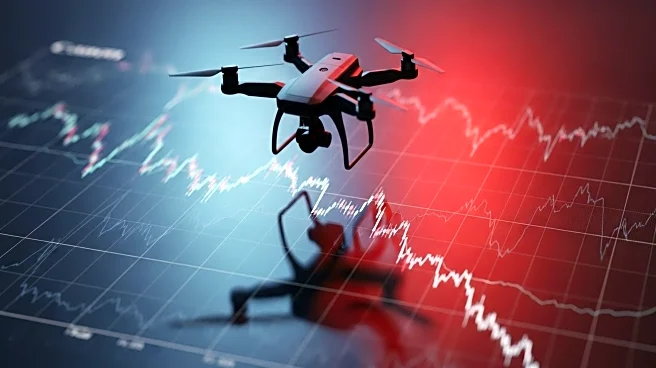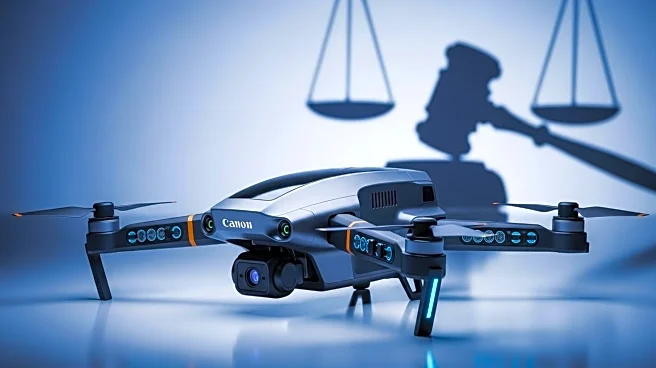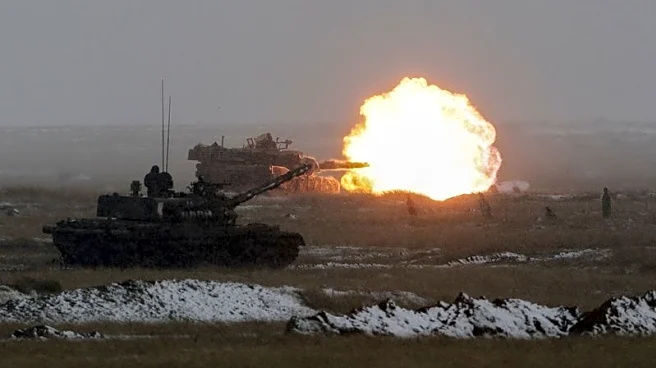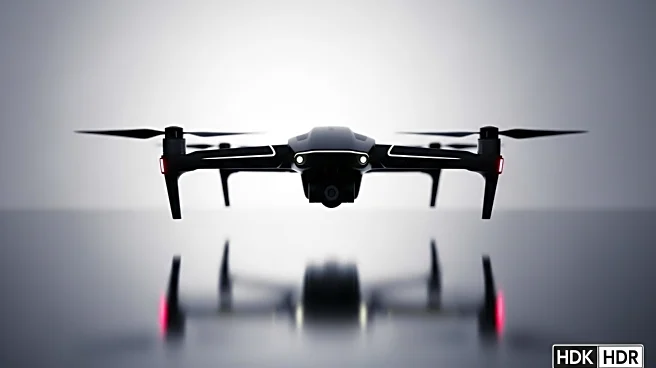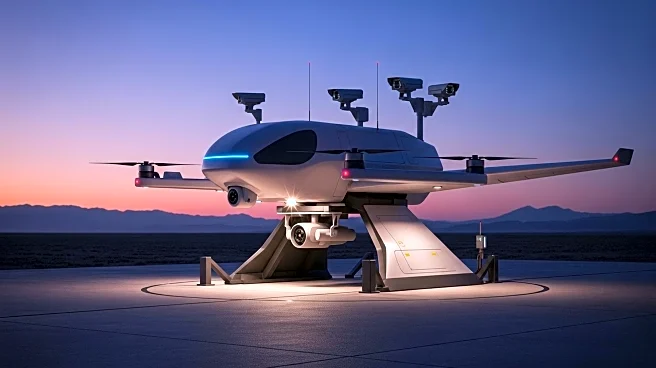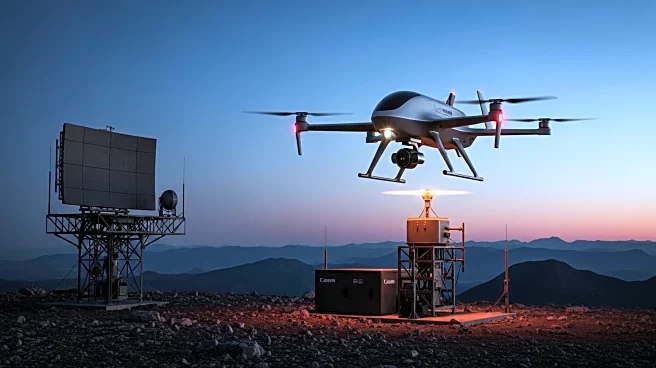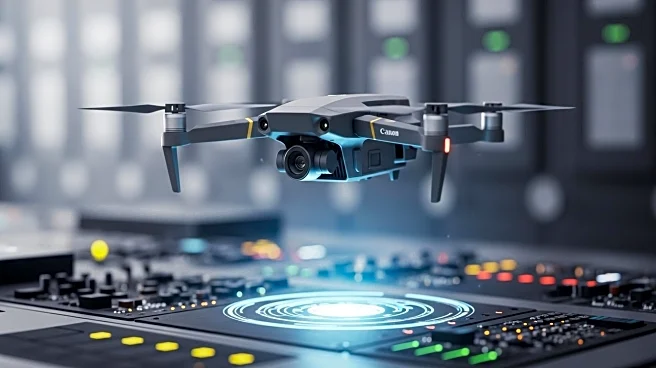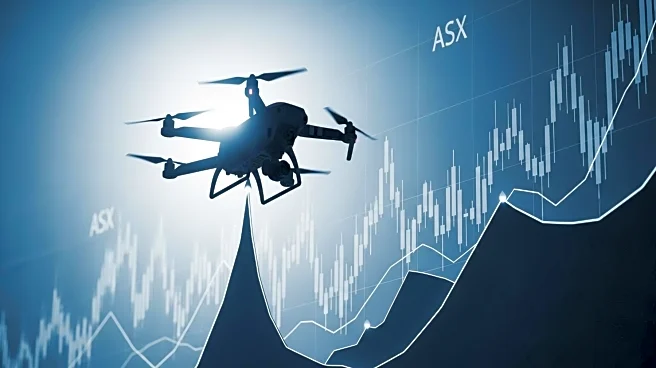What is the story about?
What's Happening?
DroneShield, an Australian defense technology company, experienced a significant stock drop of 19% on October 2, 2025, following a period of substantial gains. The company's shares had surged over 577% year-to-date, driven by high demand for its anti-drone technology amid geopolitical tensions. However, the recent sell-off was triggered by investors locking in profits, as analysts had warned about the stock's high valuation metrics. Despite the decline, DroneShield continues to secure contracts, including significant orders from the U.S. Department of Defense, and plans to expand its operations in the United States.
Why It's Important?
The volatility in DroneShield's stock highlights the risks associated with high-growth defense technology companies, particularly those involved in emerging markets like counter-drone systems. The company's rapid rise and subsequent fall underscore the importance of valuation in investment decisions. The demand for anti-drone technology is expected to remain strong due to ongoing geopolitical conflicts and security concerns, suggesting that DroneShield's long-term prospects may still be positive. However, the recent stock drop serves as a cautionary tale for investors about the potential for rapid reversals in momentum-driven markets.
What's Next?
DroneShield plans to continue its expansion in the U.S., focusing on research and development in artificial intelligence and counter-drone technologies. The company aims to capitalize on the growing demand for its products, driven by both military and civilian markets. Meanwhile, the European Union's initiative to build a 'drone wall' as part of its defense modernization efforts could further increase demand for counter-drone systems. Investors and industry stakeholders will likely keep a close watch on DroneShield's performance and strategic moves in the coming months.
Beyond the Headlines
The development of anti-drone technology raises ethical and legal questions about surveillance, privacy, and the use of force in civilian areas. As governments and private entities invest in these systems, there is a need for clear regulations and guidelines to ensure their responsible use. Additionally, the integration of artificial intelligence in defense technologies poses challenges related to accountability and decision-making in automated systems.
AI Generated Content
Do you find this article useful?
